Tibet offers you different kinds of beauty at different seasons. You can tour Nyingchi in spring for the blooming peaches, take Kailash Kora in summer, trek Everest Base Camp in autumn. When it comes to winter, I strongly suggest you to go to Lhasa for appreciating migratory birds. In this post, I’ll recommend six prefect places for you to watch migratory birds in Tibet winter.
Lhünzhub County : Hutoushan Reservoir,Chunduixiang and Kazixiang
Thousands of black-necked cranes start to fly towards Lhünzhub County from the beginning of December. But the best time for winter bird watching is January and February. More than 1,800 black-necked cranes mainly concentrate in Kazixiang and Chunduixiang. You are likely to find that dozens of waterfowls coexist in Hutoushan Reservoir, like anas poecilorhyncha, tadorna ferruginea, bar-headed goose, anas crecca, anas platyrhynchos, merganser, etc.
When driving across the Brahmaputra Black-necked Crane National Nature Reserve, you will have the chance to see flocks of black-necked cranes flying over the Qinghai-Tibet Plateau, couples of bar-head geese frolicking in the water. Like lovely giant Panda, the black-necked crane is not very afraid of people. It’s easy for you to find them around the houses and fields. Here is a paradise for birds. Lhünzhub county in Lhasa is the best place for bird-watching in Tibet winter.
Maizhokunggar County
Located in the upper reach of the Lhasa River, Maizhokunggar county has large tracts of arable land and pastures, providing a good habitat for the black-necked cranes. According to the data from Lhasa Wildlife Service, black-necked cranes, bar-headed geese, ruddy shelducks and other migratory birds would fly here to survive the harsh winter till next April. The highland barley and winter wheat are another big draw for migratory birds.
Zongchop Lukhang Park
At the foot of Potala Palace, Zongchop Lukhang Park is the great place to appreciate winter birds and enjoy cozy sunshine in Tibet. With the protection of environment intensified, black-headed gulls will fly to the artificial lake to spend the winter in every November. The surroundings are installed with varieties of fitness equipment. A lot of local citizens come here to do morning exercise and get a breath of fresh air everyday. Under the warm sunshine, some birds are sporting in the water, some are hunting for food and others are just floating leisurely on the lake.
Lalu Wetland National Nature Preserve
Although the best time to visit Tibet is summer, winter is the most bustling season in Lalu Wetland Nature Preserve. Because hordes of winter birds will migrate from north to south and finally gather at Lalu wetland every year. Known as the “lung of Lhasa”, Lalu wetland covers an area of 6.2 square kilometers and serves as an excellent habitat for local and migratory waterfowl. You may call it the“bird nest” in a real city. Humid climate and lush plants attract swarms of birds and animals. Ruddy shelducks, bar-headed geese, brown-headed gulls, white storks, redshanks, etc. are to be seen in this reserve. Meanwhile, the black-necked cranes, the national first class protected animal, can be also found here. At an elevation of 3,646 meters above sea level, Lalu Wetland Nature Reserve is the only wetland inside a city as well as the world’s highest and largest urban wetland.
Lhasa River
In addition to Zongchop Lukhang Park and Lalu Wetland National Nature Preserve, Lhasa city has another popular destination for birding, namely, Lhasa River. As the sunny winter approaches, Lhasa River Basin begins to liven up. A great number of tadorna ferrugineas and wild ducks fly from northern Tibet to dwell on this water area. The yellow ducks swimming on the blue river must be another highlight in Lhasa winter. Why not take your camera to shoot interesting pictures?
Dazi County
While driving along Sichuan-Tibet Highway, you’ll be lucky enough to see the black-necked cranes foraging in the fields. According to the survey, thousands of migratory birds have spent their winter here. And the number of rare birds like bar-headed geese, black-necked cranes, ruddy shelducks still keeps rising every year. The two vast wetlands and large pieces of farmlands in Dazi County are the perfect habitat and feeding ground for winter birds.
Best Time for Birding in Tibet Winter
The best time to watch migratory birds in Tibet falls on the early morning and evening for most birds are extremely active in the two hours after sunrise as well as before sunset. As for appreciating the black-necked cranes in Lhasa, I recommend you to tour Tibet during January to March for more bird species.
Tips for Watching Winter Birds in Tibet
1. Please maintain a certain distance and avoid feeding migratory birds with any foods or other groceries.
2. Please use natural light rather than flash so as not to frighten them.
3. Do not wear brightly-colored clothes and hats, such as reds, yellows, oranges, pinks and so on, because most birds are sensitive to those brilliant colors.
4. Some birds are shy and timid, you’d better not get too close to them, especially in the swamps, lakes, reservoirs and coastal regions.
5. Bird-watching time should be compatible with their living habits.
Since mid-November, a large number of migratory birds have flown to Lhasa in succession. If you are planning to tour Tibet in winter, watching birds in the warm sunshine is something you shouldn’t miss!
.jpg)





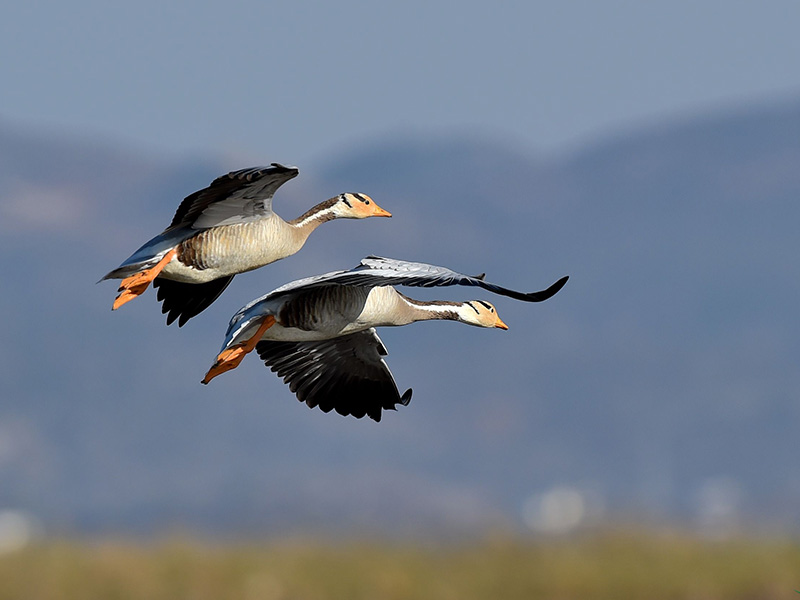

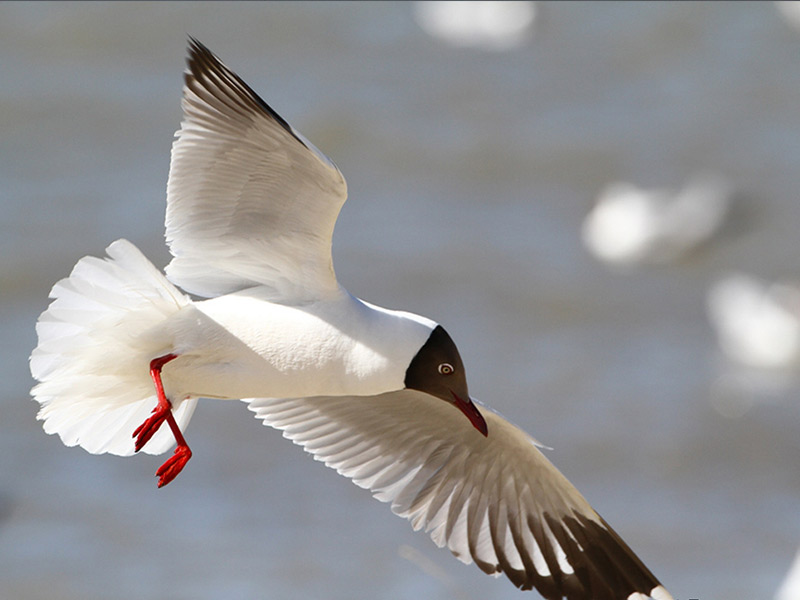

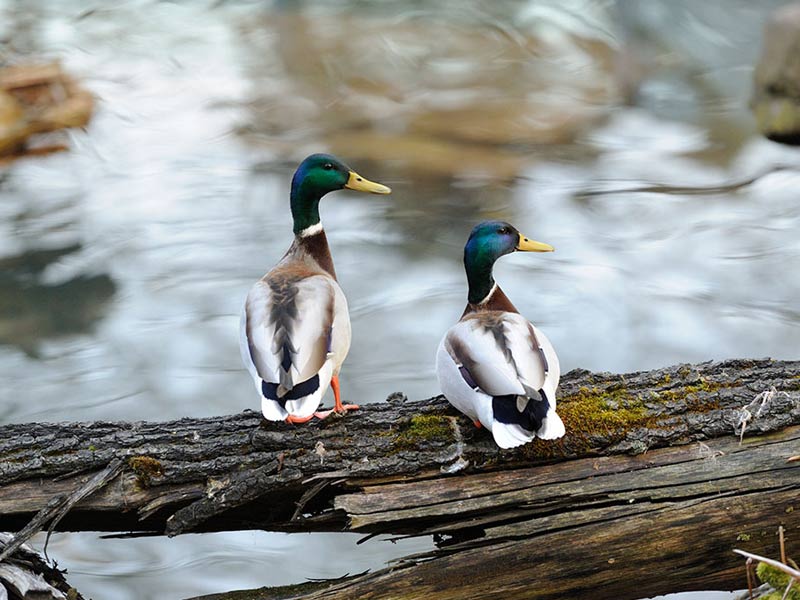




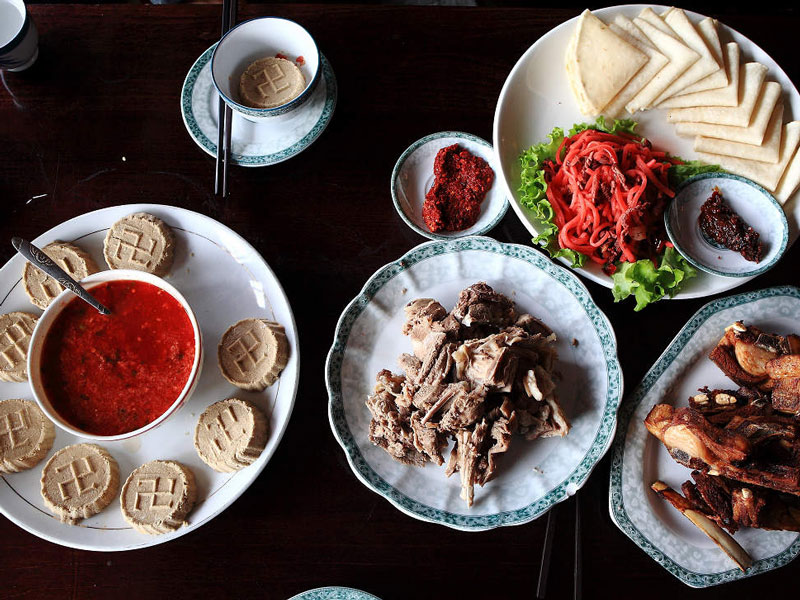
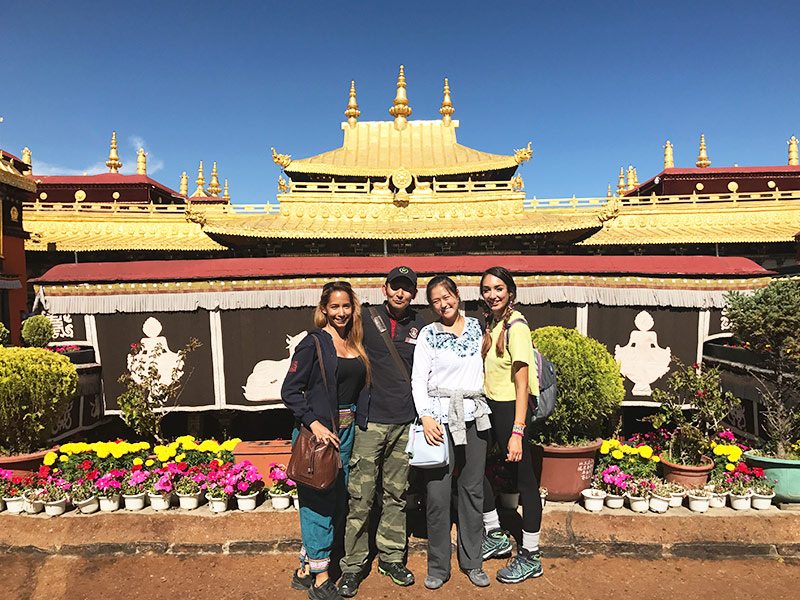
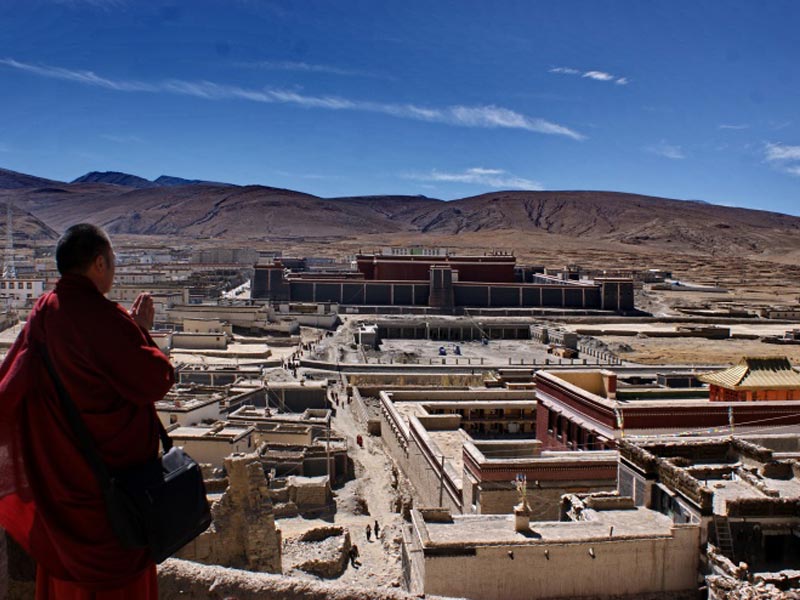

0 Comment ON "Top Six Places for Bird Watching in Tibet Winter"